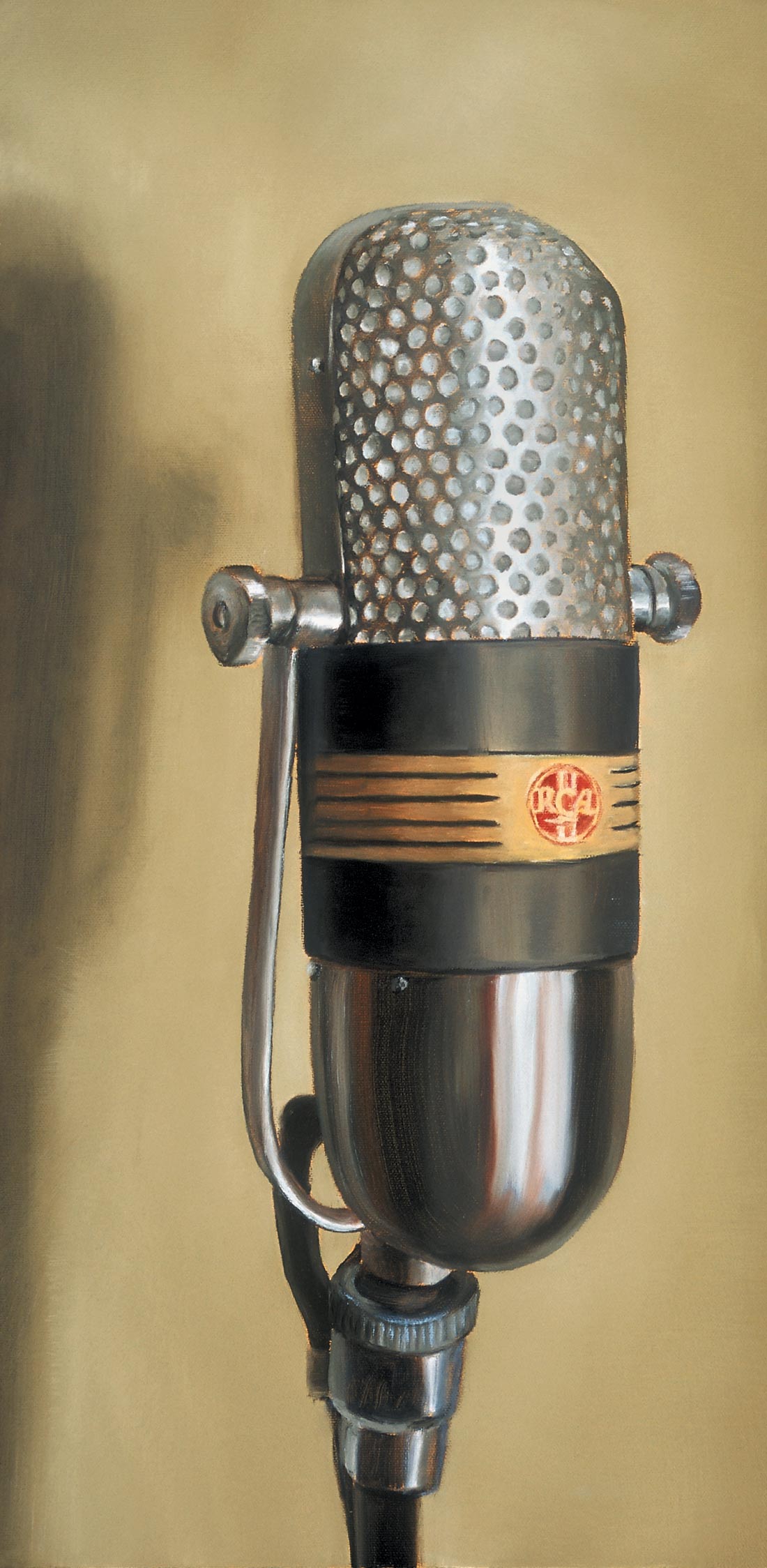Attending the yearly Winter NAMM show in Anaheim is like walking into the largest music store in the world... times 10. The whole convention center is full of musical instruments, recording gear, accessories, and people. With all the new products being shown, you'd think a gear geek like me would have a hard time calling any one item the coolest thing there. But after seeing thousands of wizz-bang consoles, DAW's, speakers, microphones, cables, effects units, and everything else, one product stood out for both its simplicity and its design: the Nautilus NEMO DMC-8.
At first glance, the NEMO looks like it fulfills the same duties that the monitoring section of a console would. If your primary recording environment is a DAW, the NEMO, as well as other boxes made by numerous manufacturers, would allow you to choose between four inputs to monitor and two sets of speakers to activate. In its most basic form, it's a 4x2 stereo router.
But the similarity to other switchers ends right there. First of all, the NEMO is active. It uses hi-end components in a Class-A configuration to re-amplify and isolate its inputs and transformers to balance its outputs. Therefore, it doesn't suffer from the signal loss that passive switchers can. (On the other hand, some might argue that active electronics-especially those made with low-cost ICs-cause signal degradation. But suffice it to say that I was incredibly impressed when I opened the NEMO to take a peek at its all-discrete insides and just as impressed with its sound.) More importantly, the NEMO has an audiophile-quality level control on each of its inputs. This allows you to level-match all of its inputs.
Why is this latter point important? Ask John Vestman, designer of the NEMO. As a mastering engineer, John has worked with hundreds of engineers making their mixes sound better. He believes that the ability to perform level-matched A/B comparisons between two mixes-or even two different songs-can help a recording engineer develop better ears for mixing. The NEMO can do exactly that.
After a quick rewiring of my monitoring chain to utilize the NEMO as the final audio device before my powered ADAM monitors, I quickly realized the benefit of the level- matched A/B mixing technique. With my console, my 2- track reel-to-reel, my MasterLink, and my CD player in four different inputs, it was easy for me to compare a current mix to a previous mix and even to a finished CD. The CD was mastered of course, but being able to hear my new mix in comparison to a song off a well-mixed, well-mastered CD at the same volume level-and being able to switch between the two songs seamlessly-was extremely enlightening and provided me immediate feedback on how to (and how not to) balance my mix.
On a recent album project for Nedelle (Kill Rock Stars), which includes sparse acoustic numbers alongside multi- instrumented, multi-vocaled pop songs, the NEMO turned out to be an essential tool for determining vocal levels. As a general rule, I think that the vocal levels on a vocal-heavy album should remain fairly constant song-to-song. The relative level of the instruments should therefore change as needed to allow for a believable musical performance. For example, if a lightly-strummed acoustic guitar is the only instrument on one song, its level relative to the main vocal's should be lower than the level of a three-piece rock band on the next song. Unfortunately, when you're mixing to digital and trying to utilize all your bits, or when you're mixing to tape and hitting the tape hard for its compression, the acoustic song will invariably sound louder than the full-band song when you listen to them back-to-back. Therefore, judging vocal level will be difficult. The NEMO allowed me to solve this problem by allowing me to switch back and forth between the acoustic song and the full-band song with the two songs matched for vocal level, not at the level they were mixed to 2-track.
Now that I've explained how the NEMO is useful as a mixing tool, and I've also mentioned the build-quality... how does the NEMO sound? Impeccable. As a "monitoring strip," its sound is top-notch. I wouldn't hesitate to strap it between my various 2-track sources and my powered monitors (or monitoring amp). Flaws? My review unit was a prototype, and it developed an unexplainable buzz. But John Vestman hasn't heard of this problem in shipping units. Also, turning off the NEMO (as explained in the well-written manual) will send a big-ass "thump" through all the connected monitors; therefore, it's extremely critical to turn off your powered monitors or amps first! Finally, as a monitoring strip, it's missing some functions, primarily talkback. But John tells me he's got a talkback system and remote control in the works that will integrate with the NEMO.
Price? The NEMO is expensive, more so than most monitoring strips. But keep in mind that it sounds pristine (and that's what really matters when you're listening), and it offers a function that other monitoring strips don't. With front-panel level-matching capability, the NEMO becomes a tool for making better mixing decisions (and that's what really matters when it comes to mixing). The NEMO ships with an alignment CD for calibrating your monitoring setup and a Virtual Dynamics audiophile power cable ($365 value). For a heckload of useful tips and informative articles covering everything from effective listening to specific use of the NEMO, check out the Nautilus website.
($3200 direct; www.nautiluspro.com)




_disp_horizontal_bw.jpg)